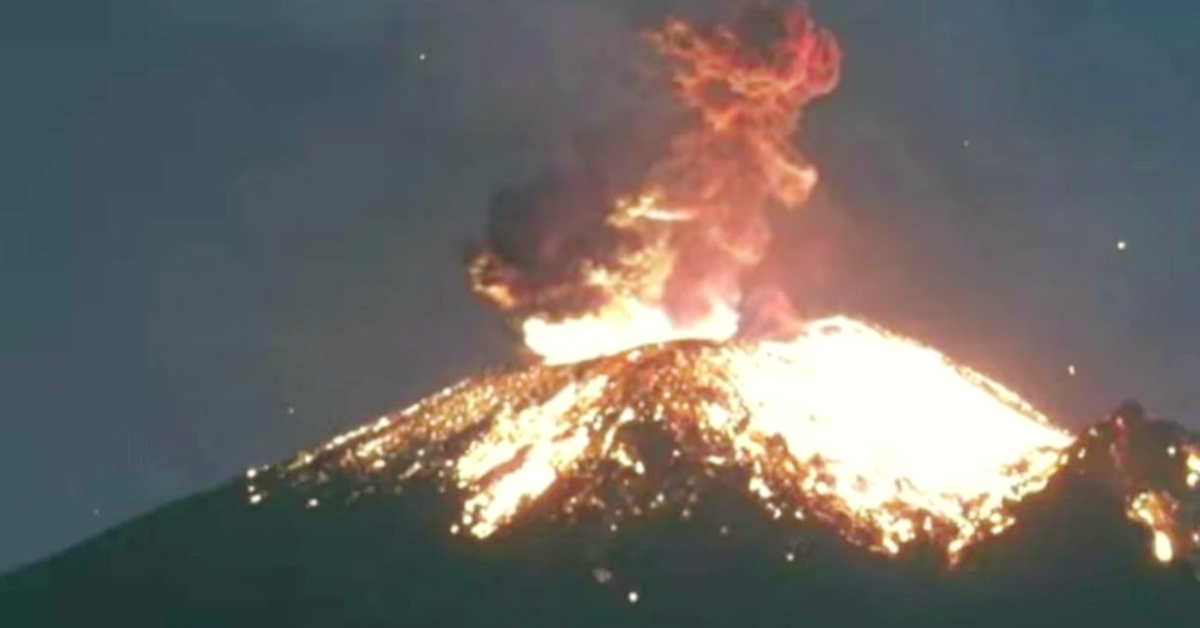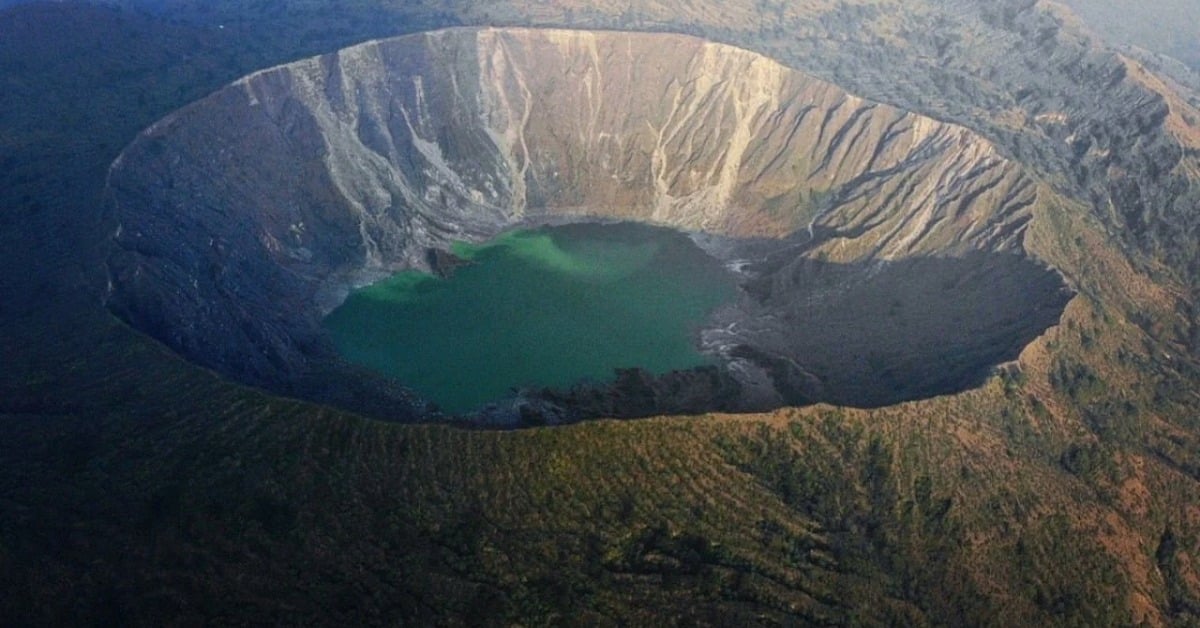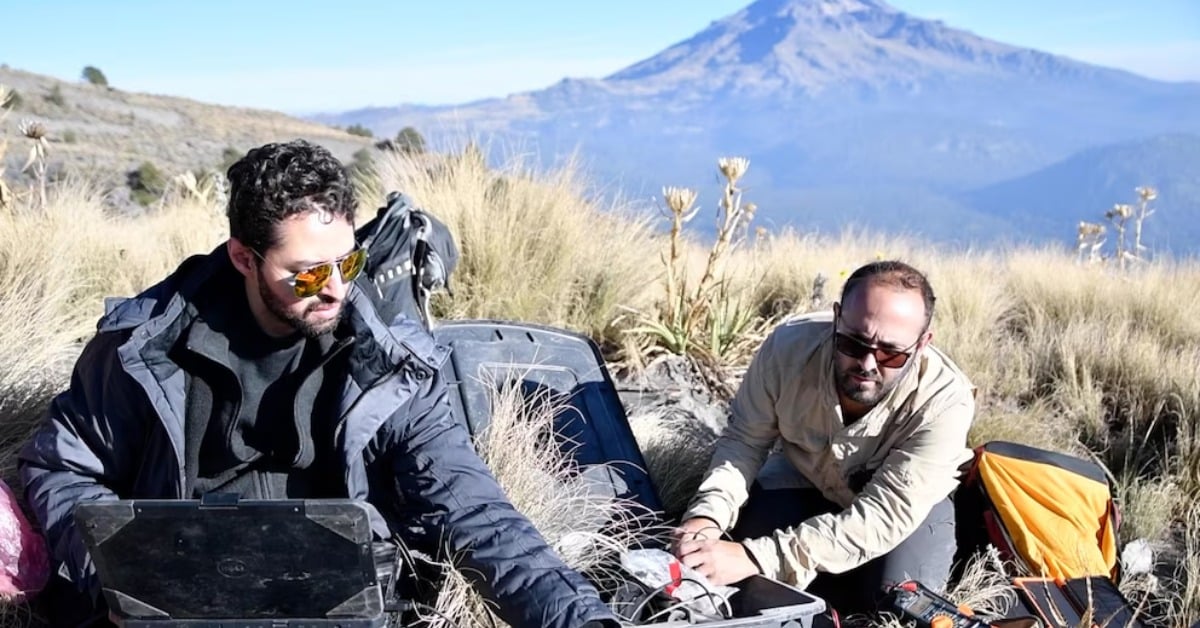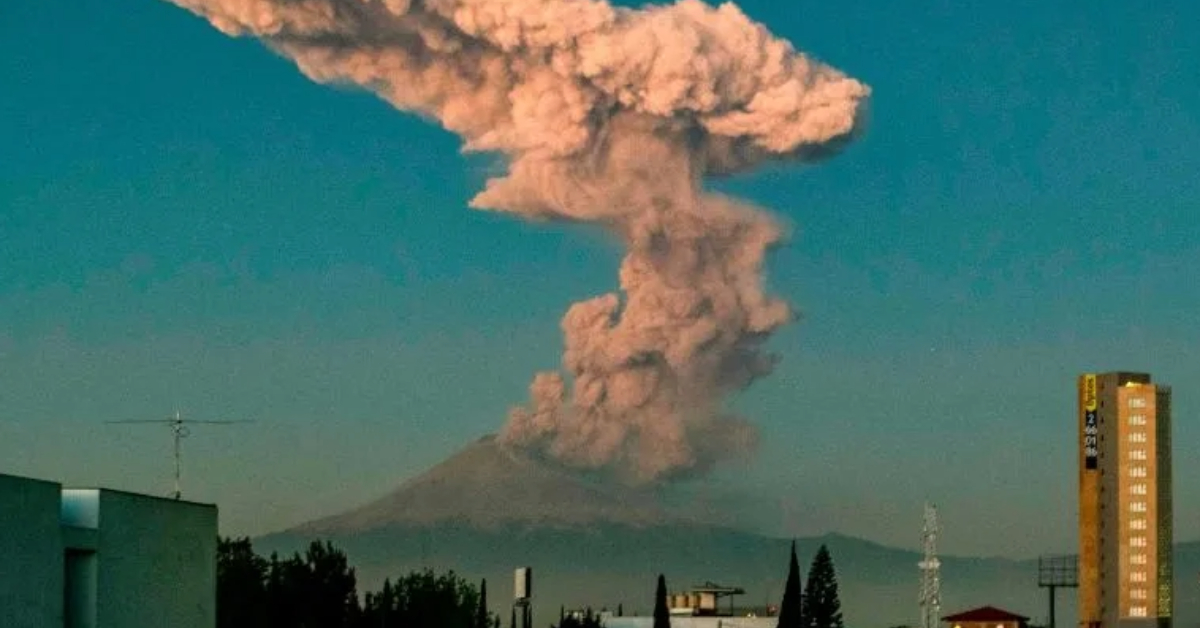Puerto Vallarta (PVDN) - According to the latest report from the National Center for Disaster Prevention (CENAPRED), monitoring systems have detected 155 exhalations from the Popocatépetl volcano, accompanied by water vapor, volcanic gases, and ash.
The National Center for Communication and Civil Protection Operations (CENACOM) also reported a minor ash fall in Puebla city and the municipalities of Atlixco and Cholula.
CENAPRED emphasized the importance of not approaching the volcano's crater due to the possibility of explosions, as observed in recent days, which could involve the emission of incandescent fragments. The authority urges people to respect the 12 km exclusion radius.







